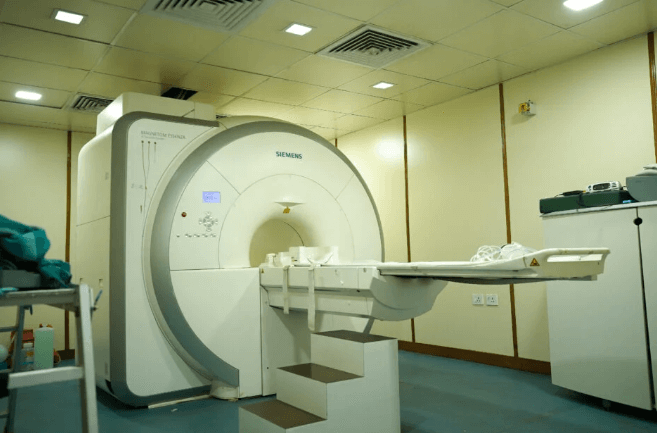Medical Imaging Services for Accurate Diagnostic Testing

Medical imaging services have become indispensable in the realm of accurate diagnostic testing, employing a variety of techniques such as MRI, CT scans, and ultrasound to unveil the complexities of the human body. These modalities not only enhance the precision of diagnoses but also play a critical role in shaping treatment strategies. As advancements in imaging technology continue to emerge, it raises important questions about their impact on patient care and outcomes. What implications do these developments hold for the future of healthcare delivery?
Importance of Medical Imaging
Recognizing the critical role of medical imaging in contemporary healthcare, it serves as an indispensable tool for diagnosis, treatment planning, and monitoring of various medical conditions.
The clinical significance of medical imaging lies in its ability to enhance diagnostic accuracy, allowing healthcare professionals to make informed decisions.
This precision is essential for effective patient management, ultimately improving outcomes and ensuring a higher standard of care.
Types of Medical Imaging Services
Medical imaging services encompass a diverse array of technologies designed to visualize the internal structures of the body, facilitating accurate diagnosis and treatment.
Key types include ultrasound techniques, which utilize sound waves; MRI modalities, offering detailed soft tissue imaging; various X ray types for examining bones and organs; and CT scans, which provide cross-sectional views for comprehensive assessment of complex conditions.
Advancements in Imaging Technology
As the field of healthcare evolves, advancements in imaging technology have significantly enhanced diagnostic accuracy and patient care.
AI integration is optimizing image analysis, while portable imaging devices facilitate diagnostics in various settings.
Real-time imaging capabilities allow for immediate assessment, and 3D visualization provides intricate detail, enabling clinicians to make informed decisions.
These innovations represent a transformative shift in modern medical imaging practices.
Benefits for Patient Care
In an era marked by rapid advancements in imaging technology, the benefits for patient care are profound and multifaceted.
Enhanced imaging accessibility has significantly improved patient outcomes by facilitating timely diagnoses and personalized treatment plans.
Moreover, advanced imaging techniques reduce the need for invasive procedures, minimizing patient discomfort and risk.
Ultimately, these innovations empower patients by providing clearer insights into their health conditions.
Conclusion
In conclusion, medical imaging services serve as the cornerstone of modern diagnostic testing, akin to a lighthouse guiding healthcare providers through the complexities of patient care. With the ability to illuminate hidden pathologies and inform clinical decisions, these technologies enhance diagnostic accuracy and promote timely interventions. As advancements in imaging continue to evolve, the impact on patient outcomes becomes increasingly profound, underscoring the vital role that medical imaging plays in ensuring a higher standard of healthcare delivery.






